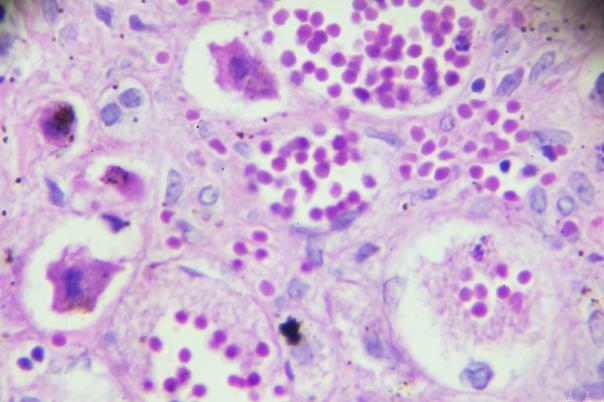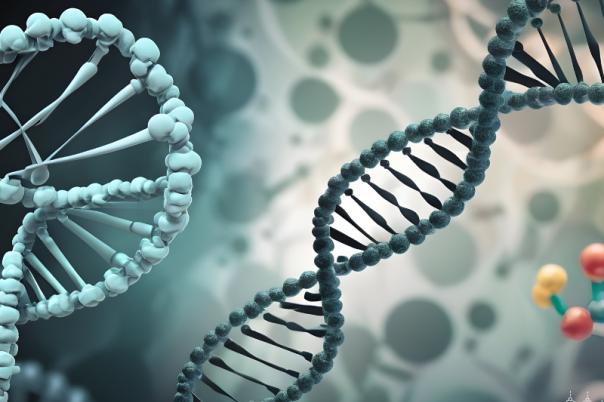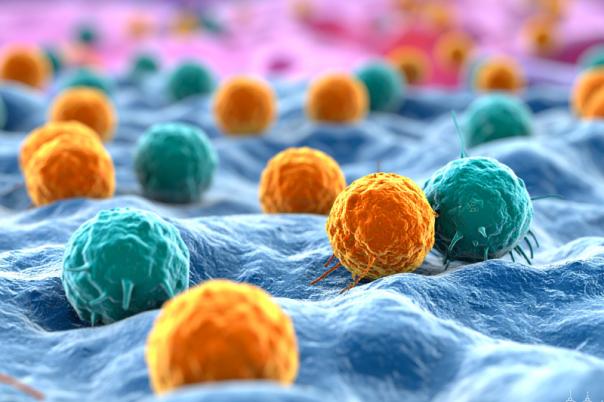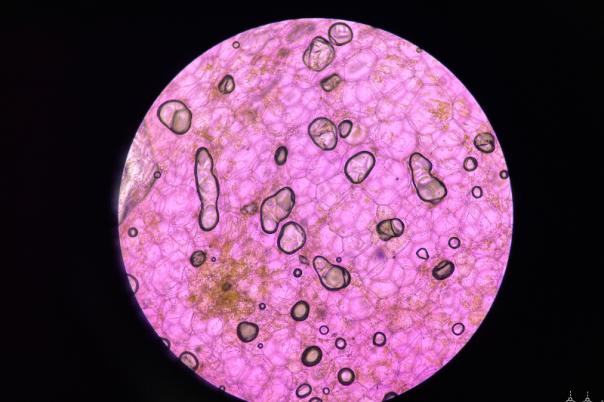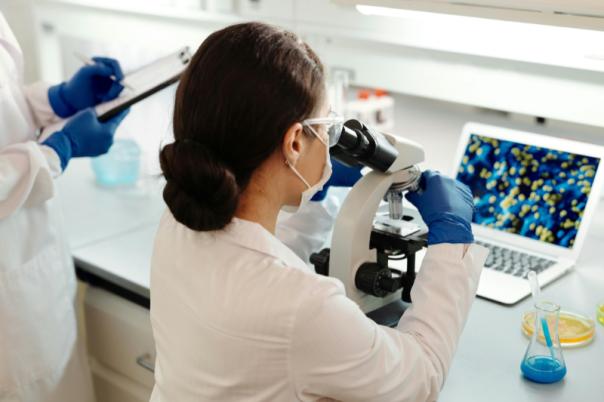Charles Mein’s presentation provided an insightful overview of the advancements and experiences in spatial genomics at Queen Mary University since 2000. He began with an analogy about the measurement paradox, illustrating how the granularity of measurement affects outcomes, which is pertinent to spatial technology discussions.
The lab at Queen Mary University employed Visium and GeoMx technologies from 10X Genomics and NanoString, respectively, and was in the process of installing CosMx. Visium technology captured RNA from immobilised tissue on slides, allowing for the analysis of multiple cells simultaneously, though not at single-cell resolution. GeoMx, on the other hand, utilised UV photo-cleavable linkers to analyse both the transcriptome and proteome, enabling the selection of specific regions of interest within tissue samples for detailed analysis.
Mein highlighted the differences between Visium and GeoMx, noting that Visium allowed for more extensive data capture due to its smaller spot size and higher number of regions analysed. He presented findings from experiments that showed a correlation between the technologies, with Visium yielding more positive hits overall. The results indicated similarities and differences in gene detection and expression patterns, with some genes being detected by one technology but not the other.
The presentation also emphasised the importance of selecting regions of interest based on known biology and spending time over the regions selected, with GeoMx being particularly suited for this purpose. Mein concluded by thanking his colleagues Diana Blaydon and David Kelsell for their collaboration and reminding the audience to consider how much data is truly needed.
Overall, the presentation provided a comprehensive overview of the current state and future directions of spatial technology development at Queen Mary University, highlighting the strengths and limitations of the technologies used and the importance of careful region selection in spatial genomics research.
